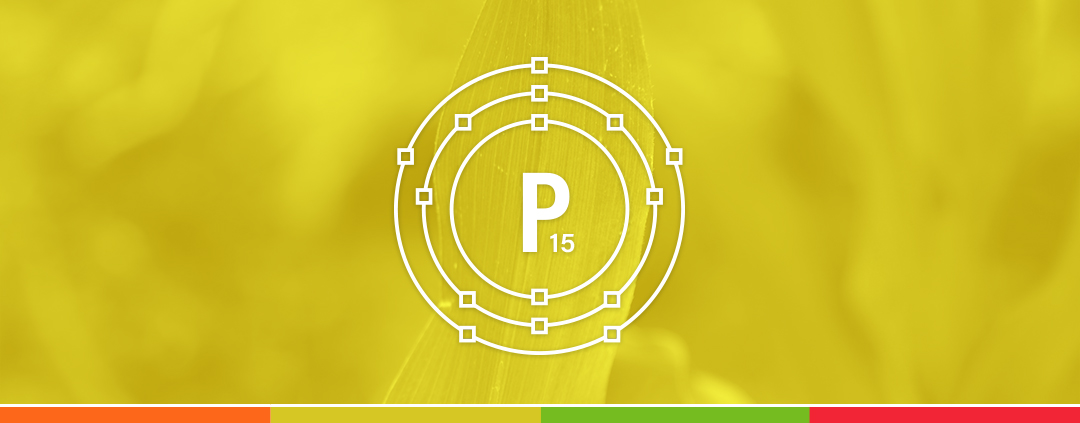by bburgeson
Share

As farmers navigate the challenges of tighter margins, efficient fertilizer management has become more crucial than ever. When growing corn and soybeans, phosphorus costs can significantly impact your bottom line. Let’s explore how to make every dollar count.
Crop Removal Approach: A Smart Choice
Even without soil tests, research suggests that the Crop Removal method is an economical way to manage phosphorus. Here’s how it works:
- Estimate the amount of phosphorus removed from the field through grain harvest.
- Replace that phosphorus using variable-rate fertilizer application.
The University of Nebraska-Lincoln Study
In a comprehensive 15-year study, researchers at the University of Nebraska-Lincoln examined three phosphorus application methods for corn:
- Crop Removal Only: Focused on replacing phosphorus based on crop removal.
- Build Program: Targeted different soil levels of 15, 30 and 45 ppm
- Deficiency Correction Program: Build to a target level, then apply crop removal. Reduce crop removal in high soil test areas.
Key Findings
- Crop Removal emerged as the most cost-effective strategy over the study period.
- A secondary finding identified a need to reduce applications when soil test levels are higher than 40 ppm (as measured by soil Bray P1 test).
Crop Removal Recommendations with VRAFY
Sign up for VRAFY today to access crop removal recommendations for phosphorus. Using yield maps, we can automatically generate prescriptions for as little as $1 per acre. No advanced skills required—just provide your yield data and fertilizer preferences.
Remember: Sometimes less is more, especially when it comes to phosphorus management.
Source: https://acsess.onlinelibrary.wiley.com/doi/10.2136/sssaj2018.02.0068

